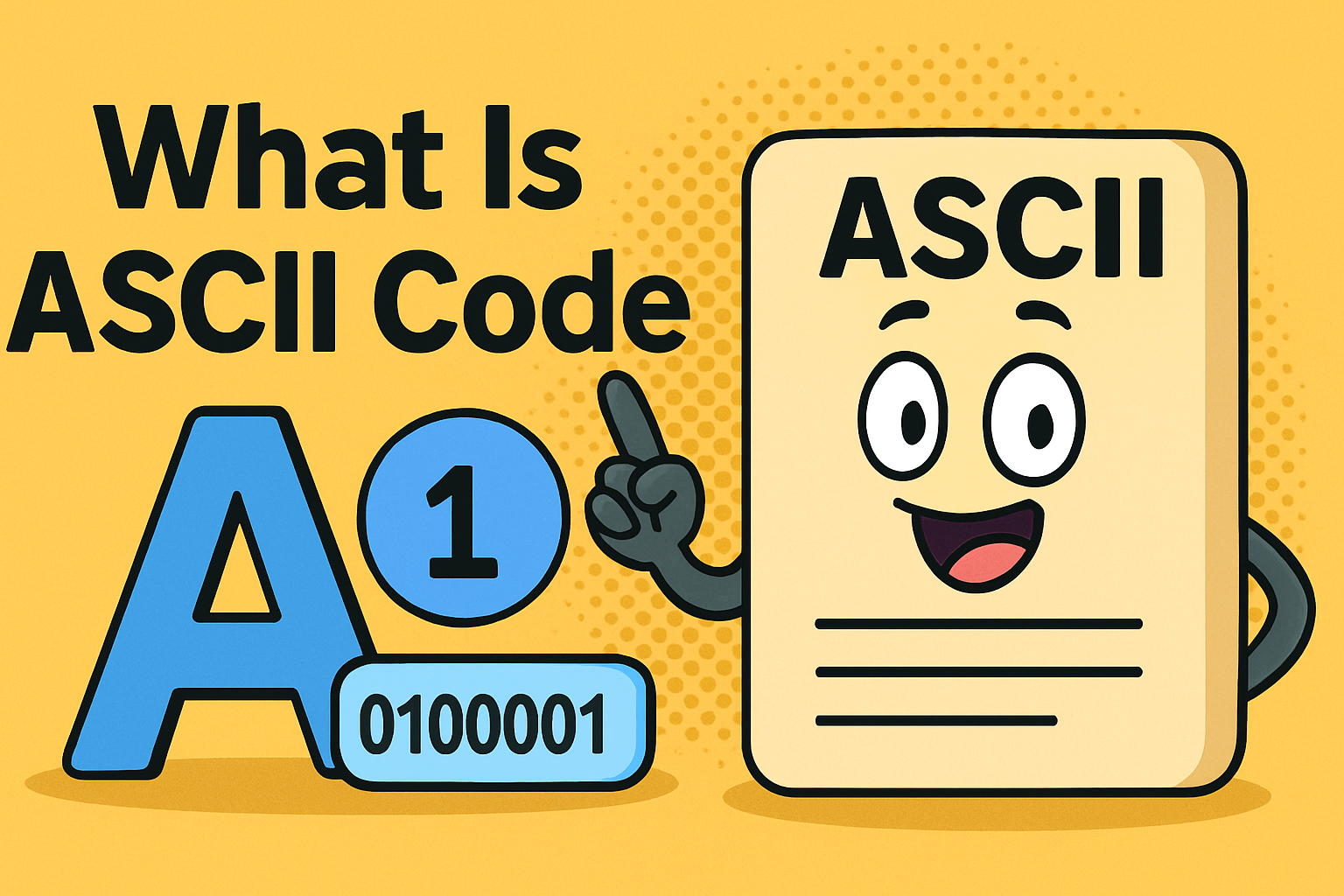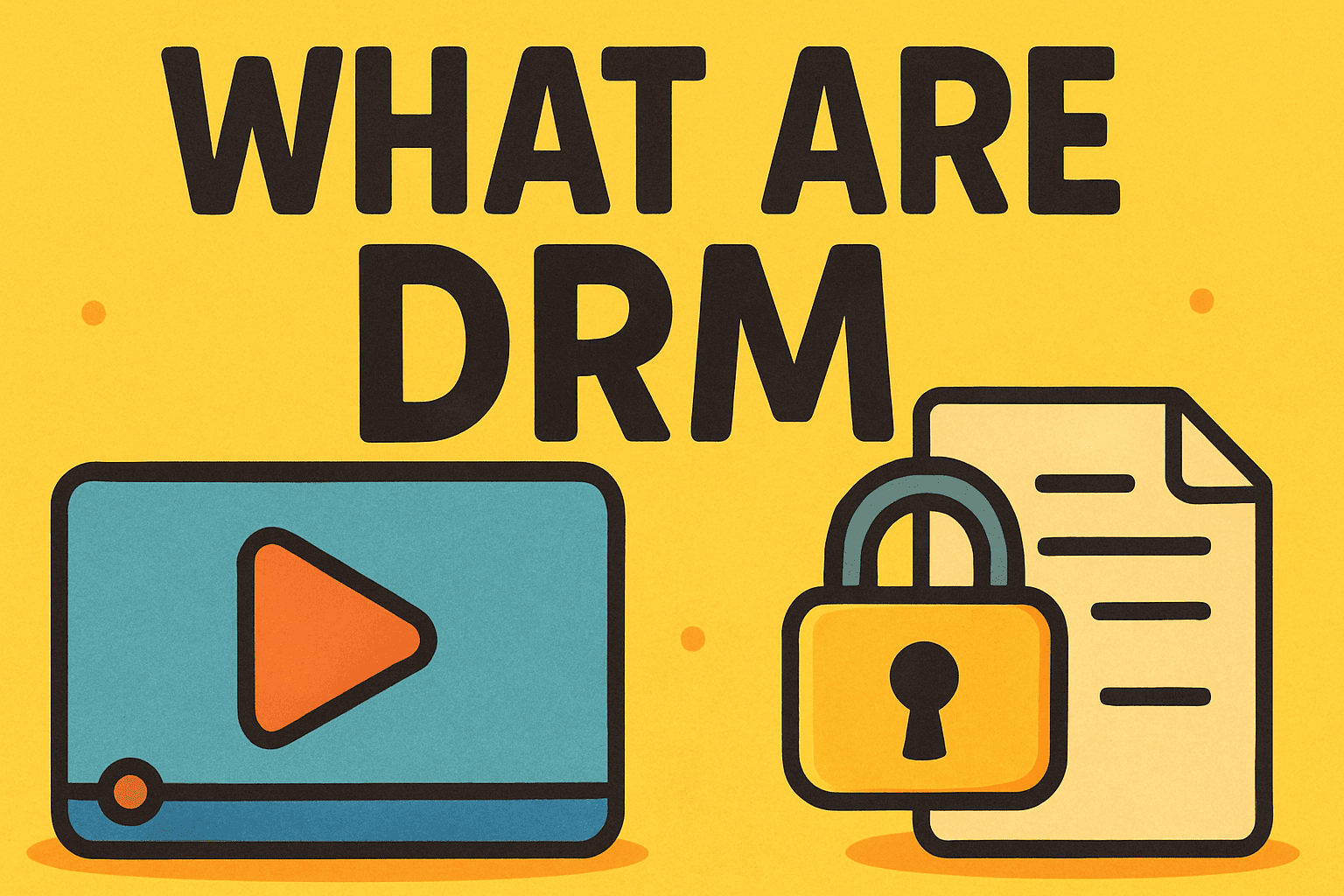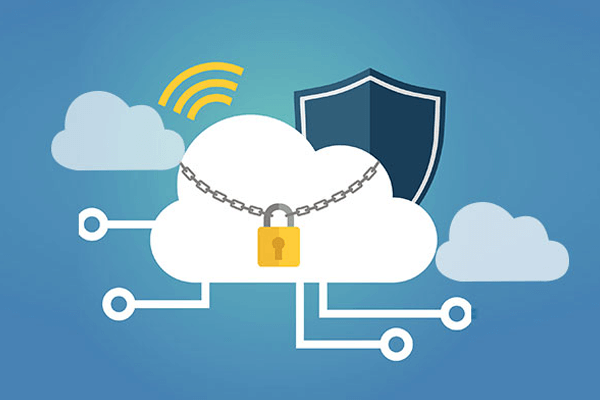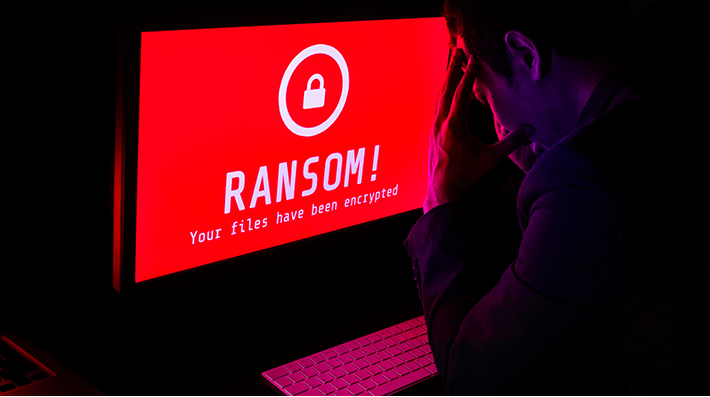What Is ASCII Code? A Complete Guide for IT Managers and Cybersecurity Professionals
Updated on September 30, 2025, by Xcitium

Have you ever wondered how computers understand text? When you type “A” on your keyboard, how does the system know it’s not a number, symbol, or command? The answer lies in ASCII code.
Introduction: Why Ask “What Is ASCII Code?”
So, what is ASCII code exactly? ASCII (American Standard Code for Information Interchange) is a character encoding standard that translates letters, numbers, and symbols into numerical values computers can process.
For IT managers, cybersecurity professionals, and executives, ASCII is more than a technical curiosity—it’s the foundation of digital communication, data storage, and even some security mechanisms.
1. What Is ASCII Code?
ASCII code is a 7-bit character encoding standard created in the 1960s to represent text in computers and communication devices. Each letter, number, or symbol is assigned a unique numerical value between 0 and 127.
Examples:
-
“A” = 65
-
“a” = 97
-
“1” = 49
-
Space = 32
👉 In simple terms: ASCII is the bridge between human-readable text and computer-readable data.
2. The History of ASCII Code
Before ASCII, there was chaos in computing—different systems used incompatible encoding methods. The American National Standards Institute (ANSI) developed ASCII in 1963 to standardize communication between devices.
-
1963: ASCII introduced as a 7-bit code.
-
1980s: Extended ASCII (8-bit, 256 characters) used in DOS and Windows systems.
-
Today: ASCII remains the foundation of modern encodings like UTF-8.
This standardization enabled global communication and the rise of the internet.
3. How Does ASCII Code Work?
When you press a key:
-
Keyboard Input: The key generates an electrical signal.
-
Encoding: The system converts it into an ASCII code (e.g., “B” = 66).
-
Processing: Applications interpret the numeric code.
-
Display: The character appears on the screen.
This process ensures consistency across systems, devices, and applications.
4. ASCII Code Table (Standard)
Here’s a simplified ASCII chart:
| Character | Decimal Code | Character | Decimal Code |
|---|---|---|---|
| A | 65 | a | 97 |
| B | 66 | b | 98 |
| C | 67 | c | 99 |
| 0 | 48 | Space | 32 |
| 1 | 49 | ! | 33 |
| 2 | 50 | @ | 64 |
👉 The full ASCII table includes control codes (0–31), printable characters (32–126), and delete (127).
5. Why ASCII Matters in Computing
Understanding what is ASCII code highlights its significance:
-
Universal Standard: Enables cross-platform text communication.
-
Lightweight Encoding: Efficient for storage and transmission.
-
Legacy Compatibility: Still used in networking and embedded systems.
-
Foundation for Unicode: UTF-8 (the internet’s default encoding) builds on ASCII.
For IT leaders, ASCII is a reminder of how standards drive interoperability.
6. ASCII in Cybersecurity
ASCII plays a role in multiple cybersecurity contexts:
-
Log Analysis: Security tools parse logs using ASCII representations.
-
Data Exfiltration: Attackers sometimes encode data in ASCII to bypass detection.
-
Password Storage: Early systems stored passwords in ASCII-based formats.
-
Injection Attacks: Malicious ASCII sequences can exploit vulnerabilities (e.g., SQL injection).
👉 For cybersecurity professionals, ASCII knowledge helps analyze threats and protect systems.
7. ASCII vs Unicode
While ASCII is foundational, it has limits—it only supports 128 characters. Unicode expands encoding to handle global languages.
| Feature | ASCII | Unicode |
|---|---|---|
| Character Set | 128 (7-bit) | 143,000+ (multi-byte) |
| Language Support | English only | Global (all languages) |
| File Size | Smaller | Larger |
| Usage | Legacy, logs, networking | Modern applications, web |
👉 Unicode (especially UTF-8) dominates today, but ASCII remains embedded in system design.
8. Applications of ASCII Code
ASCII isn’t just historical—it’s still widely used.
Common Applications:
-
Networking Protocols: HTTP, SMTP, FTP use ASCII for commands.
-
File Formats: TXT, CSV, and log files rely on ASCII.
-
Programming: ASCII codes often used in C, Python, and Java.
-
Data Security: ASCII encoding used in Base64 and hashing mechanisms.
From emails to APIs, ASCII is everywhere in modern IT.
9. Limitations of ASCII Code
Despite its importance, ASCII has drawbacks:
-
❌ Language Restriction: Only supports English characters.
-
❌ Limited Symbols: Cannot handle emojis or advanced symbols.
-
❌ Obsolete for Modern Needs: Unicode replaced ASCII in most applications.
Yet, ASCII’s simplicity and efficiency keep it alive in core systems.
10. ASCII in Everyday Business Operations
For IT managers and executives, ASCII shows up in:
-
Email Servers: Commands like HELO and DATA in SMTP.
-
Database Exports: CSV files encoded in ASCII.
-
Network Devices: Routers and switches using ASCII configs.
-
Log Files: Security monitoring relies on ASCII logs.
Understanding ASCII ensures leaders grasp the building blocks of enterprise IT.
11. Best Practices for ASCII in Security and IT
Even though Unicode dominates, ASCII remains relevant. Best practices include:
-
✅ Use UTF-8 encoding for global applications (backward compatible with ASCII).
-
✅ Validate input to prevent ASCII-based injection attacks.
-
✅ Sanitize logs to detect hidden ASCII characters (like control codes).
-
✅ Train IT staff on legacy ASCII systems in networking.
These practices reduce risks while maintaining compatibility.
12. The Future of ASCII Code
ASCII’s future is less about innovation and more about longevity.
-
Continued Use in Networking: Lightweight protocols still depend on ASCII.
-
Embedded Systems: IoT devices often use ASCII for simplicity.
-
Cybersecurity: ASCII analysis remains essential for log parsing.
-
Integration with Unicode: UTF-8 ensures ASCII remains relevant.
ASCII may not evolve, but it will never disappear entirely.
Quick ASCII Code Checklist
✅ ASCII is a 7-bit code (0–127 values)
✅ It maps characters to numbers for computing
✅ Still used in networking, logs, and security
✅ Replaced by Unicode for modern global apps
✅ Critical to understanding IT fundamentals
FAQs on ASCII Code
1. What is ASCII code in simple terms?
It’s a standard that assigns numbers (0–127) to letters, digits, and symbols so computers can understand text.
2. Is ASCII still used today?
Yes. It’s widely used in networking, programming, and logs, though Unicode has largely replaced it.
3. How is ASCII different from Unicode?
ASCII supports only 128 English characters, while Unicode supports over 140,000 characters worldwide.
4. Why is ASCII important in cybersecurity?
ASCII codes appear in logs, protocols, and even attack payloads, making them vital for threat analysis.
5. Can ASCII handle emojis?
No. Emojis require Unicode encoding. ASCII is limited to basic symbols.
Final Thoughts
Asking “what is ASCII code?” helps uncover one of the most important building blocks of modern computing. From keyboards and emails to network protocols and security logs, ASCII quietly powers much of our digital world.
For IT managers, executives, and cybersecurity professionals, understanding ASCII is about more than history—it’s about recognizing how standards drive efficiency, interoperability, and security.
🚀 Ready to strengthen your IT and cybersecurity operations?
Request a demo of Xcitium’s advanced security solutions today and protect your business with next-generation technology.
















